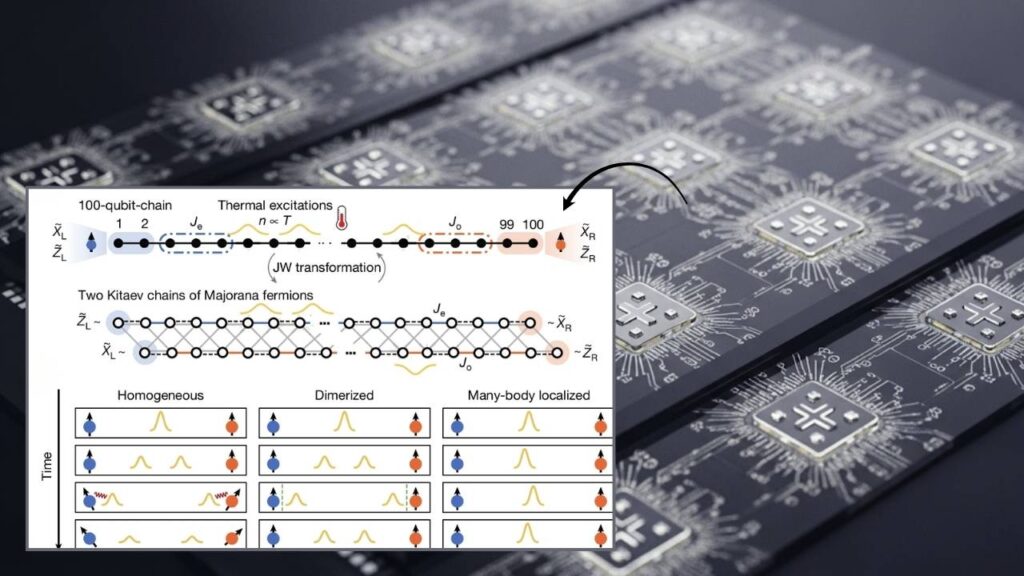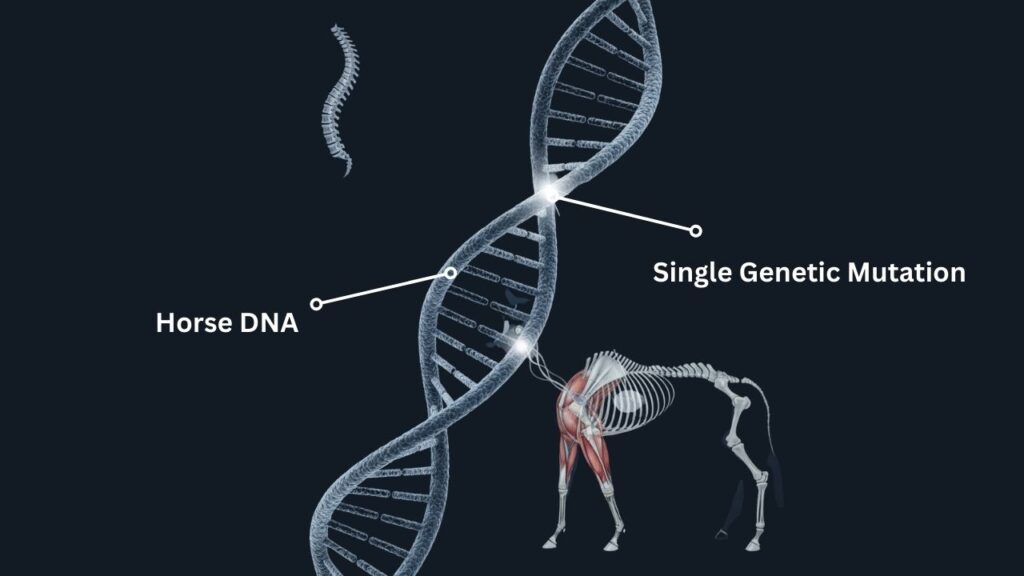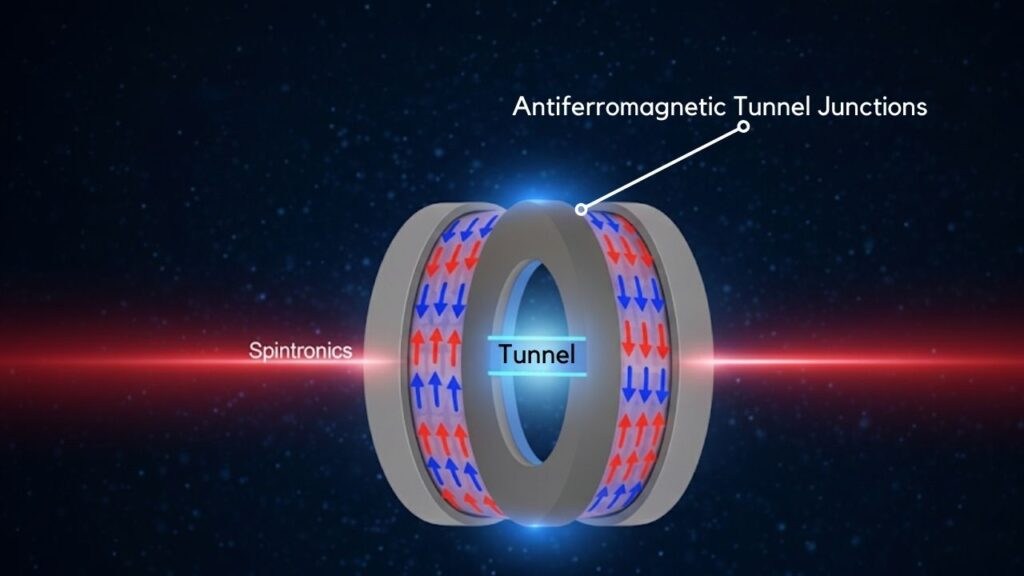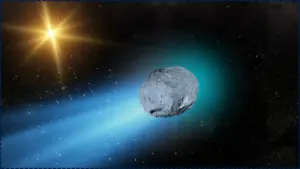James Webb Telescope Captures First Clear Image of an Exoplanet: The James Webb Space Telescope (JWST) has made history by capturing the first clear, direct image of a previously unknown exoplanet, a planet outside our solar system. This discovery marks a watershed moment in astronomy, offering scientists a new window into how planets form and evolve. The newly discovered world, named TWA 7b, orbits a young star called TWA 7, located about 111 light-years from Earth.
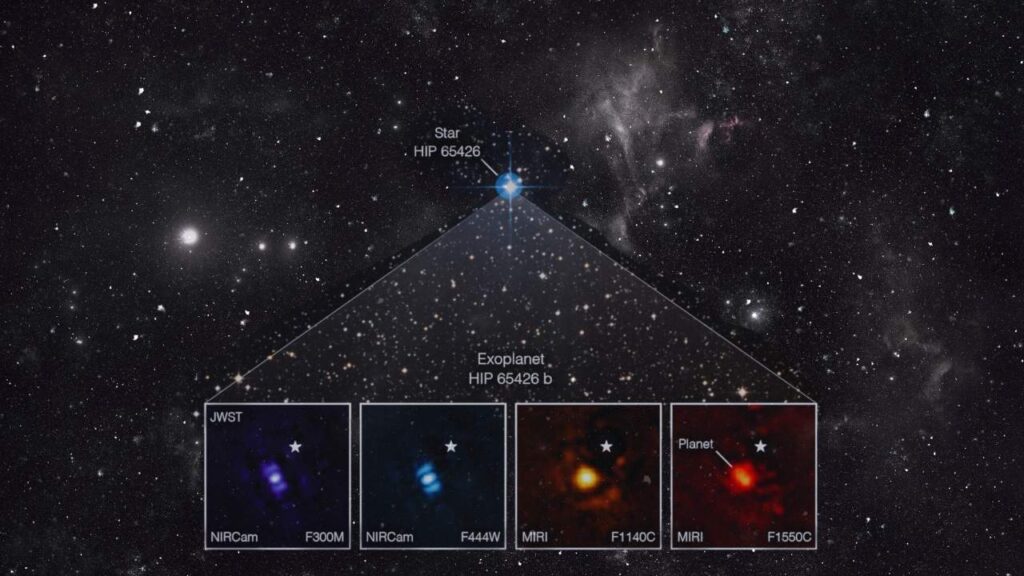
Directly imaging an exoplanet is an astonishing feat because these distant worlds are incredibly faint compared to their blazing host stars. Most of the nearly 6,000 exoplanets discovered so far have been detected indirectly, by observing tiny changes in starlight as planets pass in front of their stars or by measuring the gravitational tugs they exert on their stars. The JWST’s breakthrough means we can now see these planets directly, opening up exciting new possibilities for studying their atmospheres, compositions, and even their potential for life.
Table of Contents
James Webb Telescope Captures First Clear Image of an Exoplanet
| Key Point | Details |
|---|---|
| Exoplanet Name | TWA 7b |
| Host Star | TWA 7 |
| Distance from Earth | ~111 light-years |
| Mass | ~0.3 times Jupiter (about Saturn’s mass, ~100 Earth masses) |
| Orbit | ~50 times Earth’s distance from the Sun |
| Temperature | ~120°F (about 49°C) |
| Age of Star | ~6.4 million years |
| Detection Method | Direct imaging using coronagraph and high-contrast imaging |
| Significance | Lightest exoplanet ever directly imaged; first direct discovery by JWST |
The James Webb Space Telescope’s direct imaging of TWA 7b is a landmark achievement in astronomy. By revealing a young, lightweight exoplanet and showing how it shapes its debris disk, the JWST is helping scientists unlock the secrets of planetary formation and evolution. This discovery is just the beginning—expect many more exciting finds as the JWST continues to explore the cosmos.
Why This Discovery Is Huge
1. Direct Imaging: Seeing the Unseen
For decades, astronomers have searched for exoplanets using indirect methods—like the “transit” method, where a planet passing in front of its star briefly dims the star’s light, or the “radial velocity” method, which detects a star’s wobble caused by an orbiting planet. These methods are powerful but don’t let us see the planet itself.
Direct imaging is like spotting a firefly next to a lighthouse from miles away. The JWST used a special tool called a coronagraph to block the blinding light of TWA 7, revealing the faint infrared glow of TWA 7b. This is the first time the JWST has directly discovered a planet in this way.
2. TWA 7b: The Lightest Exoplanet Ever Directly Imaged
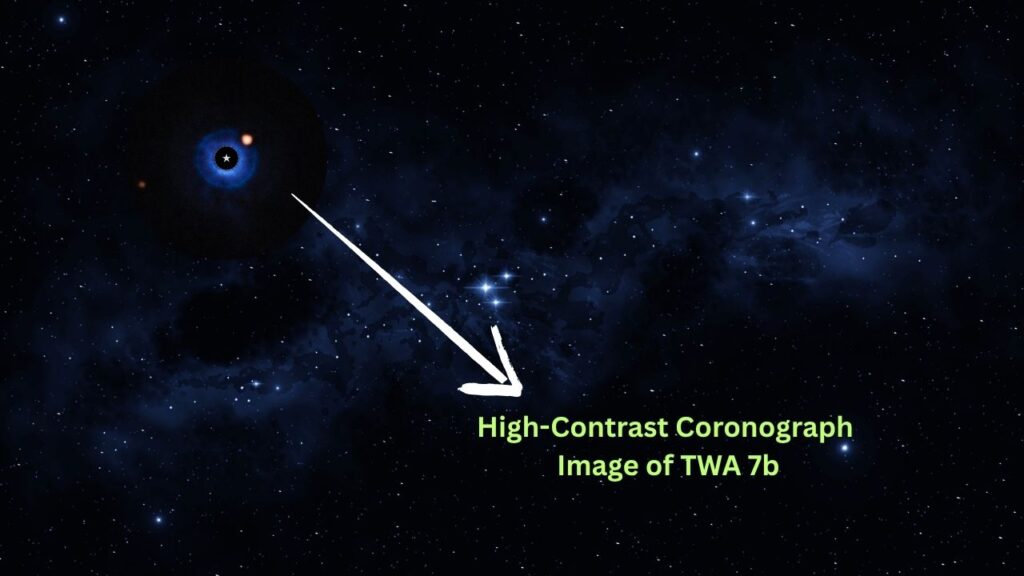
TWA 7b is estimated to be about 0.3 times the mass of Jupiter—roughly the same as Saturn, or about 100 times the mass of Earth. It orbits its star at a distance about 50 times farther than Earth is from the Sun. This makes it the lightest exoplanet ever directly imaged outside our solar system.
3. A Young, Cold World
TWA 7b is a young, cold planet. Its host star is only about 6.4 million years old—a baby in cosmic terms. The planet itself is estimated to have a temperature of about 120°F (49°C), which is chilly compared to the scorching surfaces of many exoplanets. This youth gives scientists a rare glimpse into the early stages of planetary formation.
4. Shaping the Debris Disk
The JWST’s images show that TWA 7b sits in a gap within a debris disk—a ring of dust and rocks around the star. This is strong evidence that the planet is actively shaping its environment, carving out a path as it orbits. Understanding this process helps scientists learn how planets influence the formation of solar systems like our own.
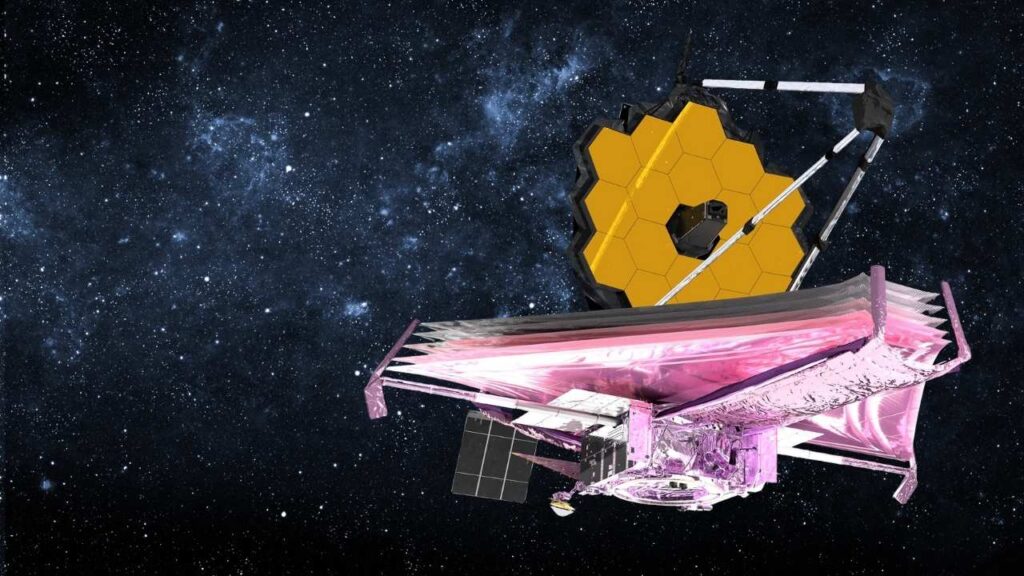
How the JWST Made This Discovery
Step-by-Step: How JWST Captured TWA 7b
- Target Selection:
Astronomers chose TWA 7, a young star with a known debris disk, as a promising candidate for planet hunting. - Coronagraph Use:
The JWST’s Mid-Infrared Instrument (MIRI) was equipped with a coronagraph, which blocks out the star’s overwhelming light to reveal faint nearby objects.
- High-Contrast Imaging:
Advanced image processing techniques were used to subtract any remaining starlight, making the planet visible in infrared light. - Confirmation:
The team ruled out the possibility that the faint spot was a background galaxy or an object in our solar system. The evidence strongly points to a new exoplanet. - Analysis:
The planet’s position, brightness, and temperature were measured, confirming its status as a young, cold, Saturn-like world.
Why Scientists Are So Excited
Unlocking Planetary Mysteries
This discovery is a game-changer for several reasons:
- New Era of Discovery:
The JWST’s ability to directly image lightweight exoplanets means we can now find and study planets that were previously invisible to us. This opens the door to discovering more Earth-like worlds in the future. - Understanding Planetary Formation:
By studying young systems like TWA 7, scientists can learn how planets form and evolve, offering clues about the origins of our own solar system. - Debris Disk Dynamics:
Seeing a planet shaping its debris disk in real time provides valuable insights into how planets influence their environments and how solar systems take shape. - Future Prospects:
The JWST’s advanced technology promises many more discoveries, helping us answer fundamental questions about the universe and our place in it.
Practical Advice: How to Spot an Exoplanet
While you can’t see exoplanets with your backyard telescope, here’s how scientists do it—and how you can follow along at home:
- Learn About Indirect Methods:
Understand how the transit and radial velocity methods work. Many citizen science projects let you help analyze real data. - Follow Space Missions:
Keep up with missions like the JWST, TESS, and Kepler. Official space agency websites and social media channels provide updates and stunning images. - Explore Online Resources:
Use interactive tools and educational materials from science organizations to deepen your understanding.
Physicists Catch Light in Imaginary Time: What This Means for Science and You
Quantum Teleportation Between Computers Achieved for the First Time in History
SpaceX Launches UK Satellite to Manufacture Semiconductors in Space for Quantum Tech
FAQs About James Webb Telescope Captures First Clear Image of an Exoplanet
Q: What is an exoplanet?
A: An exoplanet is a planet that orbits a star outside our solar system.
Q: Why is it hard to see exoplanets directly?
A: Exoplanets are much fainter than their host stars, making them nearly invisible without special techniques like coronagraphs and high-contrast imaging.
Q: How many exoplanets have been discovered?
A: Nearly 6,000 exoplanets have been discovered so far, but most have been found using indirect methods.
Q: What makes TWA 7b special?
A: TWA 7b is the lightest exoplanet ever directly imaged, and its discovery marks the first time the JWST has directly found a new planet.
Q: Can exoplanets host life?
A: While none of the exoplanets discovered so far are known to be habitable, finding Earth-like planets is a major goal for future research.
